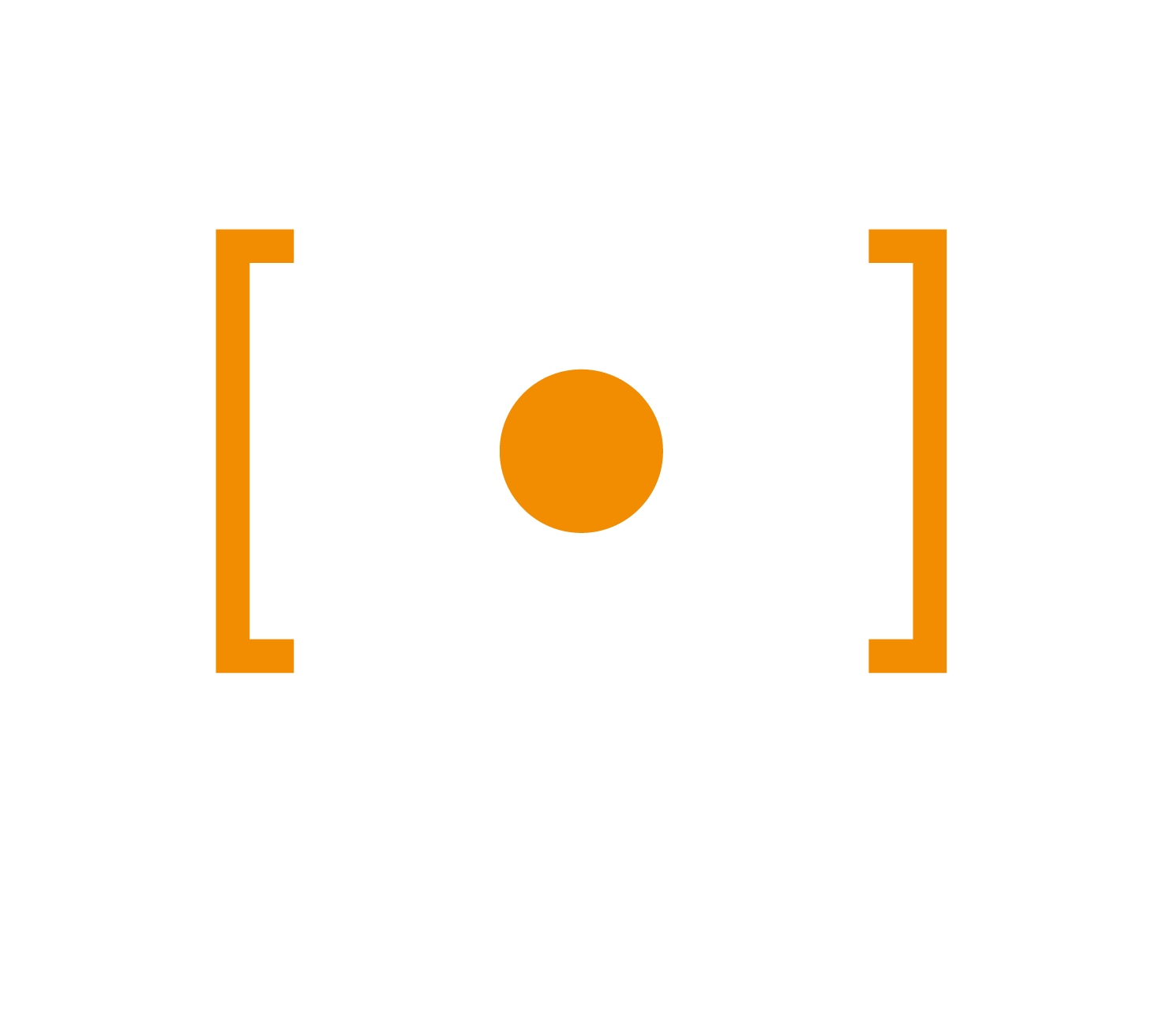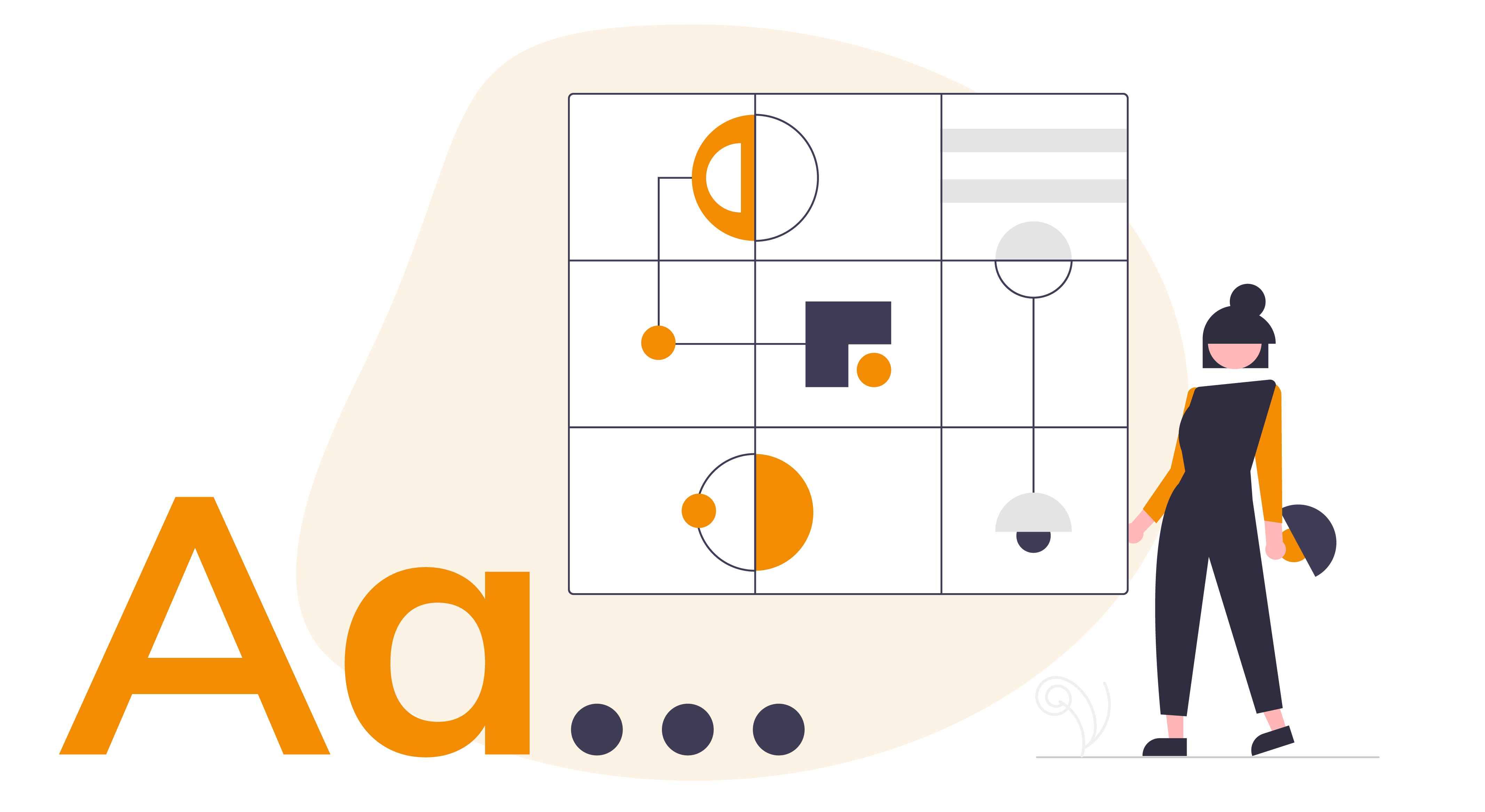Signage projects
Every signage project involves aesthetic issues: the elegance of a typography, the development of a range of colours, the arrangement of words and pictograms, etc., are all creative steps aimed at establishing a unique visual order.
Under the ideal conditions of such a realisation, writing and architecture are bound to be thought of together.
The success of a project is then synonymous with a high degree of coherence, through which architectural features and graphic properties give the place a common visual identity.
Ordering the space
The installation of a signage system is therefore not simply a matter of adding graphic elements to a new building. On the contrary, the very process of installing a signage system transforms this place into a territory of circulation. Without any inscription, the architectural space would remain a more or less complex, labyrinthine place. The presence of signage does much more than provide a graphic landscape: it orients the space, transforms it into a vector conducive to movement.
Architectural conditions are a constant challenge. The position of the buildings and the particular layout of the premises are the tangible elements with which graphic designers have to deal. It is by accommodating them that they develop creations adapted to each situation, as in the case of the Maison du Savoir and the Maison de l'Innovation. This work of reconciling architecture and graphic design is at the heart of the approach of the Parisian agency Vital Design, which designed all the signage for the two Houses located in Belval.
Signage for safety
Signage is a device that must comply with many constraints. The laws and regulations governing the movement of people are specific to each place or building and institutions have their own internal regulations. These regulations are becoming more and more numerous with the increase in the flow of people and an increased demand for extreme speed in evacuating buildings in the event of fire, for example. They are regularly updated and adapted (the obligation to provide each building with one or more routes to the emergency exits), which obliges signage designers to regularly review both the graphic and informational characteristics of their systems and the locations of each module in the premises they equip.
A plurality of skills
The practice of signage involves learning in the field and confronting the materials used. Signage, even if it is permanent, has a limited lifespan; it is caught between the political time of the decision-maker (and his or her changes of team), the time of functionality (flows, functions and uses are always changing) and the lifespan of the materials. The time factor is an essential element in its design and, above all, in production choices.
Most graphic design agencies regularly work with an Art Production Manager and designers. They usually work with them to find out about materials, to ensure feasibility, to find a sustainable and innovative solution and to find ways of reducing a budget.
La signalétique est ainsi au cœur d’une pluralité de savoir-faire. « Dans la phase projet, nous mettons tout en commun, puis tout se cristallise et, au final, les compétences de Format sont utilisées de façon optimale pour répondre le plus efficacement aux attentes du commanditaire. »
By calling on our know-how, we put our experience at your service by offering you :
- On-site expertise to understand the functioning of the site, the buildings and its activities, in order to prioritise the information.
- Working in partnership with the communication department to respect the graphic charter and specifications established by the client in order to provide a coherent solution.
- Complete monitoring throughout the process by the same person, from design, to production and installation on site.
- Production "made in Luxembourg" with qualified internal staff.


